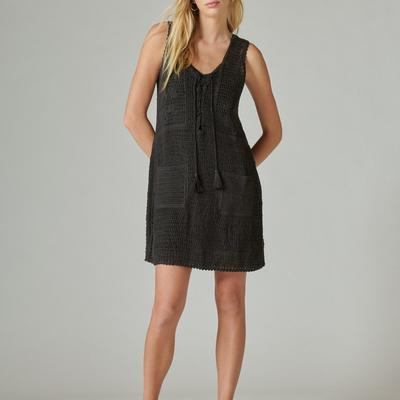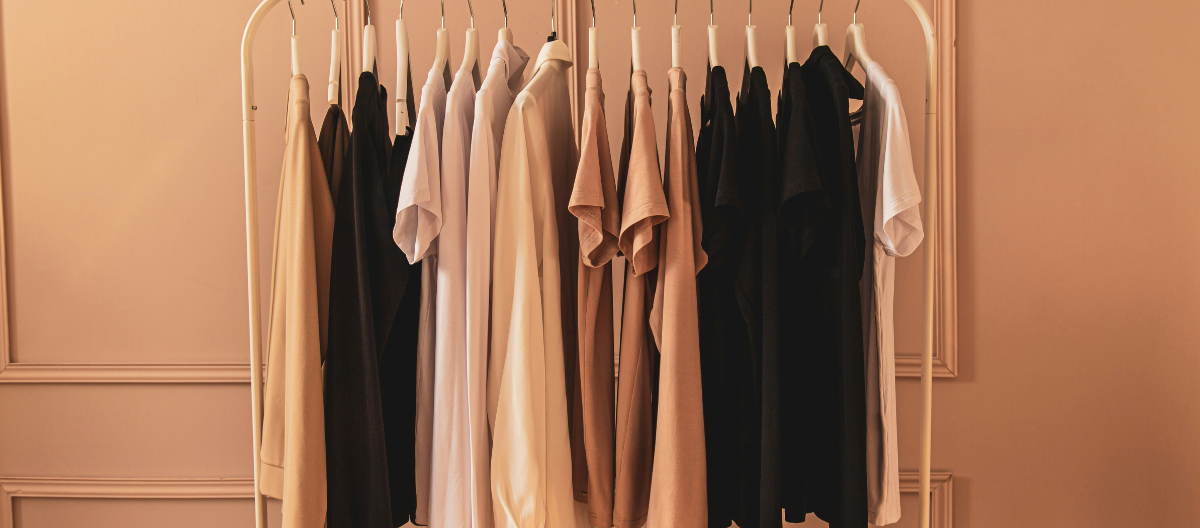Hey Diva dressing fans! When the items we love coincide with brands we work with, Diva dressing will use Paid Links in our articles. If you decide to click on these links and purchase the product, we get a small commission. Our Opinions Are Our Own, but we do add Paid Links as a way to offer these products at no added cost to our readers. Want to know more? Click Here to check out our Terms of Use anytime!
In an age where sustainability, customization, and exclusivity are becoming key drivers of consumer choices, made-to-order apparel is reshaping the fashion industry. Moving away from mass production, fashion on demand offers a more sustainable, personalized approach that caters to individual preferences while addressing the environmental issues associated with traditional fashion cycles. This article delves into the growing trend of made-to-order apparel and how it’s transforming the way we think about fashion.
Made-to-order fashion is a production model where garments are crafted only when an order is placed. Unlike mass-produced clothing, which is often created in bulk and leads to overstock, waste, and unsold inventory, made-to-order apparel ensures that every piece has a buyer before production begins. This minimizes waste and supports more sustainable fashion practices, as brands don’t need to hold onto large amounts of excess stock.
Consumers Are Embracing Made-to-Order Fashion
Several factors contribute to the rise of made-to-order fashion, each resonating with a growing base of conscious consumers.
- Customization and Exclusivity: Consumers increasingly seek unique, tailor-made clothing that reflects their personal style. Made-to-order allows individuals to choose from a range of fabrics, colors, and fits to create one-of-a-kind garments. This also offers a sense of exclusivity, as fewer units are produced.
- Sustainability and Conscious Consumption: The fashion industry is one of the largest polluters in the world, with massive amounts of clothing ending up in landfills due to unsold inventory and fast fashion’s cycle of overproduction. Made-to-order fashion directly addresses these issues by producing only what is needed, reducing waste, and lowering the carbon footprint associated with excess production and transportation.
- High-Quality Craftsmanship: Made-to-order garments are typically produced with more attention to detail, craftsmanship, and durability, leading to higher-quality clothing that lasts longer. For consumers who are tired of fast fashion’s low-quality, disposable items, made-to-order offers an alternative that focuses on longevity.
- Slow Fashion Movement: As consumers become more aware of the negative impacts of fast fashion, there is a growing shift towards slow fashion—an approach that promotes ethical production, sustainable materials, and longer-lasting garments. Made-to-order aligns perfectly with the values of slow fashion, emphasizing thoughtfulness and intentionality in clothing purchases.
Made-to-Order Works
The made-to-order process typically begins with a customer placing a request for a specific item, often through an online platform or in-store. Here’s a breakdown of the typical process:
Design Selection: Customers browse a catalog of designs or have the option to work with a designer to create a customized piece.
Customization: Shoppers choose their desired size, color, fabric, and other preferences, making the garment uniquely theirs.
Order Placement: Once the design and customizations are finalized, the order is placed, and production begins.
Production: The garment is then crafted by the brand’s workshop or manufacturing partner, ensuring that no excess inventory is created.
Delivery: After production, the finished item is shipped directly to the customer, often with the added touch of a personalized note or packaging.
This process may take longer than purchasing off-the-rack items, but consumers who opt for made-to-order appreciate the attention to detail and personalized approach.
Benefits of Made-to-Order Fashion
The advantages of made-to-order fashion are numerous, benefiting not only consumers but also the fashion industry and the environment as a whole.
- Reduction in Waste: Since garments are only produced when there is a demand, there’s little to no overproduction. This reduces the amount of clothing that goes unsold and ultimately ends up in landfills.
- Inventory-Free Model: Brands don’t need to worry about clearing out old stock through deep discounts, as they only produce what is ordered. This eliminates the risk of excess inventory and promotes more efficient production practices.
- Smaller Carbon Footprint: The made-to-order model often relies on local or small-scale production, reducing the need for large factories and long supply chains. This can lead to a lower carbon footprint, as garments are not mass-produced or shipped in bulk across vast distances.
- Better Fit and Satisfaction: Customization ensures that consumers receive a garment that fits them perfectly, increasing satisfaction and reducing the likelihood of returns. With fewer returns, the environmental toll from shipping and packaging is minimized.
- Support for Artisans and Small Businesses: Many made-to-order brands are small-scale operations or artisan-based, allowing consumers to support local designers, independent businesses, and skilled craftsmen. This promotes a more ethical and community-focused approach to fashion.
Challenges and Limitations
While the benefits of made-to-order fashion are numerous, there are some challenges that brands and consumers face in this growing trend.
- Longer Lead Times: One of the key challenges is the longer production time. Unlike fast fashion, which offers same-day or next-day shipping, made-to-order garments require time to produce. Depending on the complexity of the design, this could take anywhere from a few days to several weeks.
- Higher Costs: Customization, high-quality materials, and limited production runs often mean higher prices for made-to-order garments. While many consumers appreciate the value in paying more for better craftsmanship and sustainability, the price point can be a barrier for some.
- Scalability for Brands: For larger brands, transitioning to a made-to-order model can be difficult due to the need for restructured supply chains and production processes. Additionally, the personalized nature of made-to-order fashion may not be suitable for brands focused on high-volume sales.
Brands Leading the Made-to-Order Revolution
Several fashion brands are already making waves in the industry by adopting the made-to-order model. Some notable examples include:
- Eshakti: Known for its customizable dresses and skirts, Eshakti allows customers to personalize every element of a garment, from length to neckline style, for a perfect fit.
- Suistudio: This women’s suiting brand offers made-to-order tailored suits, allowing customers to choose from a variety of fabrics, cuts, and detailing options for a custom-made power look.
- Misha Nonoo: Known for her minimalist designs, Misha Nonoo has embraced a pre-order model, where customers place orders in advance, and pieces are produced on demand. This eliminates waste and ensures a more sustainable production cycle.
- Red Thread: Offering custom-fit basics, Red Thread allows customers to input their measurements, ensuring that each item is made to fit their unique body shape.
Future of Made-to-Order Fashion
As consumers increasingly prioritize sustainability, ethical production, and personalization, the demand for made-to-order fashion is likely to grow. Technological advancements, such as 3D scanning for custom fits and AI-driven production methods, are making it easier for brands to offer these services at scale.
In the future, we may see even more brands adopting hybrid models that combine the convenience of ready-to-wear with the eco-friendly benefits of made-to-order. Additionally, the continued rise of slow fashion and conscious consumerism will drive more individuals to seek out brands that offer a personalized, sustainable approach to clothing.
Lucky Brand Dolman Popover Denim Shirt Dress $27.99
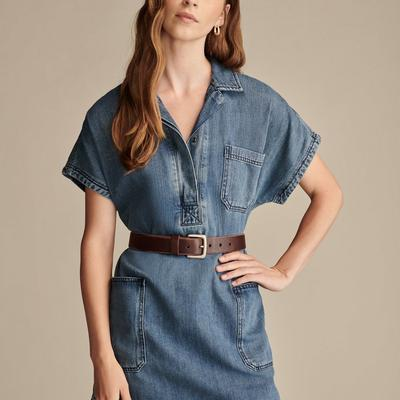
Lucky Brand Square Neck Cut Out Dress $27.99
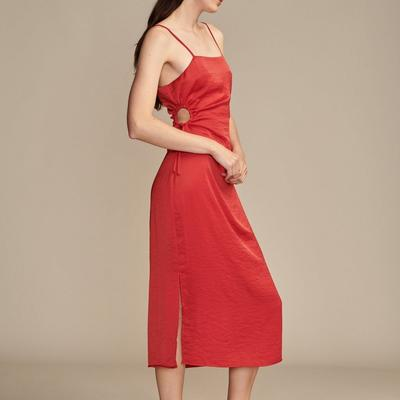
Lucky Brand Short Sleeve Smocked Blouse $24.49
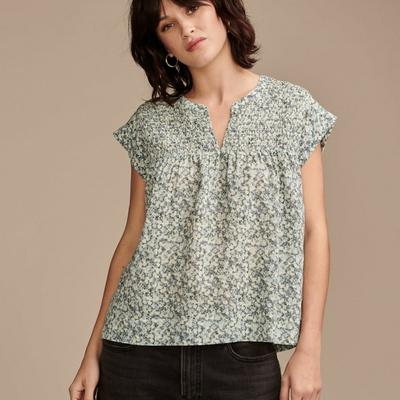
Lucky Brand Embroidered Ott Midi Dress $34.99
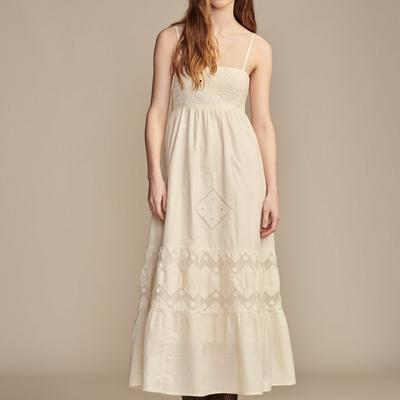
Lucky Brand Eyelet Mix Shift Mini Dress $34.99

Lucky Brand Sleeveless Pintuck Blouse $41.70
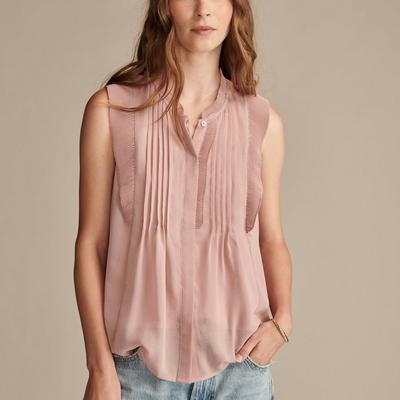
Lucky Brand Crochet Baja Tunic Dress $41.99
